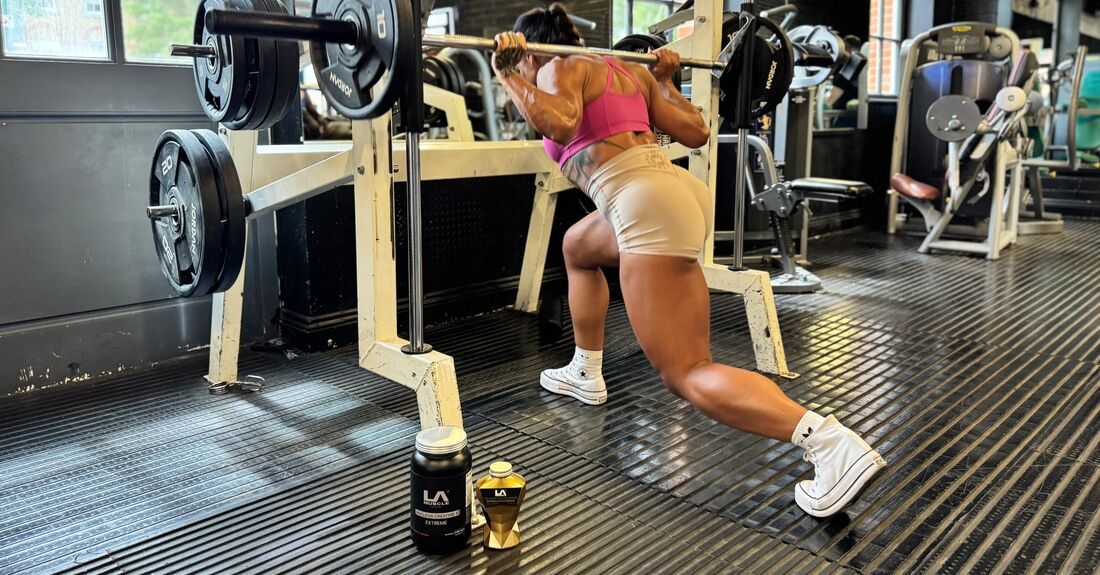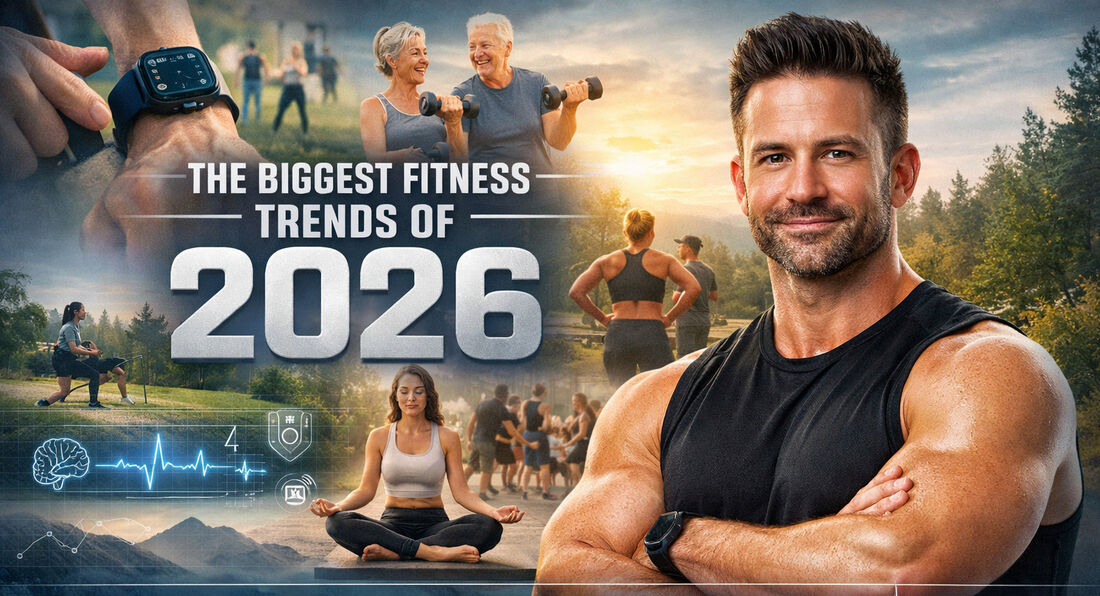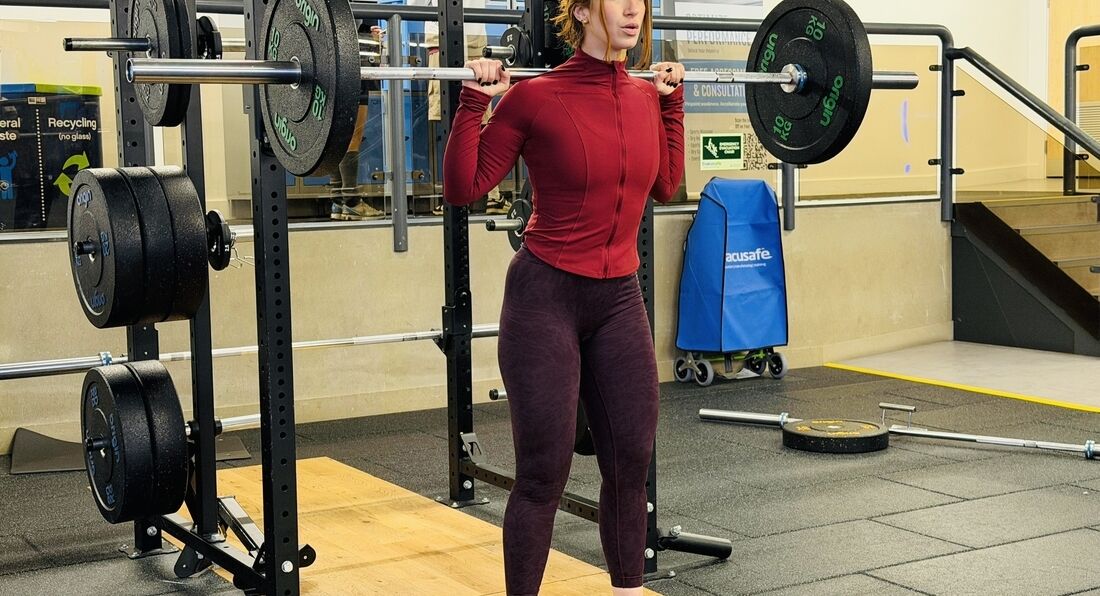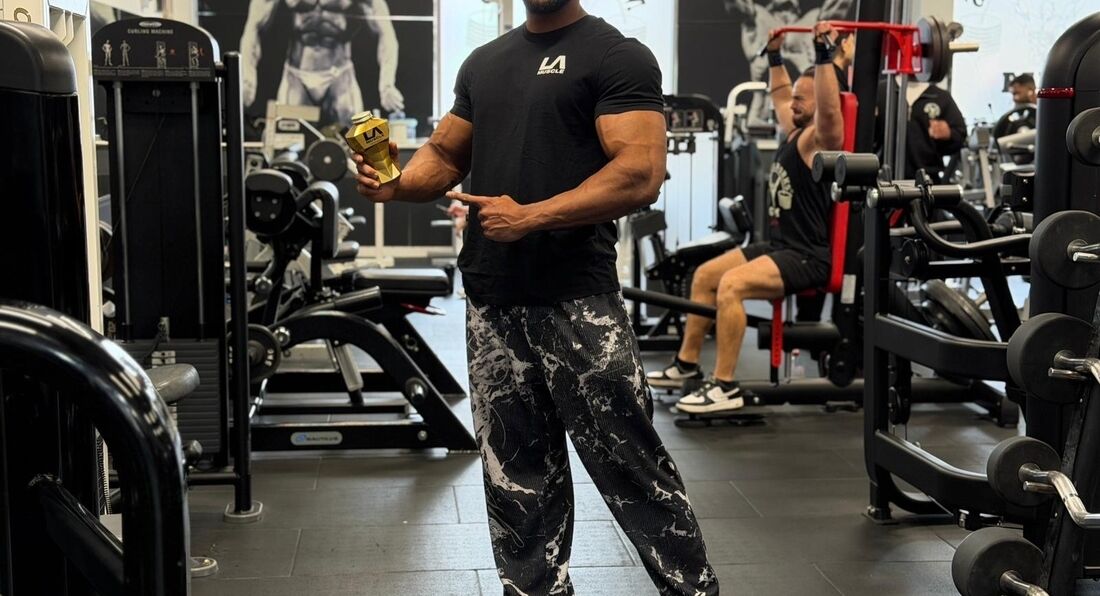The Knowledge > Exclusive Articles >
Wednesday, 20th August 2025
How Long It Takes to Heal From Weight Training Injuries
By LA Muscle on 20.08.2025 08:12 pm

Weight training is one of the best investments you can make in your body. Strong muscles, tough joints, better posture, higher testosterone, and mental clarity — the list goes on. But with great iron comes great responsibility. Push too hard, lift too sloppy, or ignore recovery, and injuries happen.
The big question: how long do these injuries take to heal, and what can you do to speed the process up?
Let’s break it down, body part by body part.
Feet & Toes
Common injuries: Stress fractures, turf toe, plantar fasciitis.
-
Healing time:
-
Stress fracture: 6–8 weeks.
-
Turf toe: 2–6 weeks depending on severity.
-
Plantar fasciitis: can take months, often 6–12 weeks minimum.
-
-
Doctor’s approach: Imaging (X-ray/MRI), rest or immobilisation in a boot, anti-inflammatories, custom orthotics.
-
What you can do: Wear supportive shoes, avoid barefoot heavy lifts, ice sore spots, stretch calves, and gradually load again once pain subsides.
Ankles
Common injuries: Sprains (rolling the ankle), tendonitis, Achilles strain.
-
Healing time:
-
Mild sprain: 1–2 weeks.
-
Moderate sprain: 4–6 weeks.
-
Severe sprain or Achilles tear: 3–6 months (surgery may be needed).
-
-
Doctor’s approach: Rest, bracing, physiotherapy, or surgical repair for complete ruptures.
-
What you can do: Gentle range-of-motion drills, calf raises, balance training once swelling goes down, and avoid rushing back to plyometrics.
Knees
Common injuries: Patellar tendonitis (“jumper’s knee”), meniscus tear, ligament sprain (MCL/ACL).
-
Healing time:
-
Tendonitis: 6–12 weeks with rehab.
-
Meniscus tear: small ones 4–8 weeks; surgery recovery 3–6 months.
-
ACL: 9–12 months post-surgery.
-
-
Doctor’s approach: MRI scans, physiotherapy, injections (platelet-rich plasma), surgical repair if severe.
-
What you can do: Strengthen quads, hamstrings, and glutes; avoid deep heavy squats until cleared; use knee sleeves for support.
Hips & Groin
Common injuries: Hip flexor strain, groin pulls, labral tears.
-
Healing time:
-
Strain/pull: 2–6 weeks.
-
Labral tear: often needs surgery, 3–6 months recovery.
-
-
Doctor’s approach: Rest, anti-inflammatories, physiotherapy, surgery for labral tears.
-
What you can do: Stretch hip flexors, strengthen glutes and core, avoid extreme leg day loads until mobility returns.
Lower Back
Common injuries: Muscle strains, herniated discs, sciatica.
-
Healing time:
-
Strain: 2–4 weeks.
-
Disc injury: 3–6 months, sometimes longer.
-
-
Doctor’s approach: MRI scans, pain management, physiotherapy, chiropractic care, sometimes surgery.
-
What you can do: Core stabilisation (bird dogs, dead bugs), correct lifting form, avoid heavy spinal loading until cleared, stay active — bed rest makes it worse.
Shoulders
Common injuries: Rotator cuff strain/tear, impingement, labrum tear.
-
Healing time:
-
Mild strain: 2–4 weeks.
-
Partial tear: 6–12 weeks.
-
Full tear/labrum injury: may require surgery, 3–9 months.
-
-
Doctor’s approach: Physiotherapy, steroid injections, surgical repair.
-
What you can do: Strengthen rotator cuff with bands, improve posture, avoid behind-the-neck presses or wide benching.
Elbows
Common injuries: Tennis elbow (lateral epicondylitis), golfer’s elbow, triceps tendonitis.
-
Healing time: 6–12 weeks, sometimes up to 6 months.
-
Doctor’s approach: Braces, physiotherapy, shockwave therapy, injections.
-
What you can do: Forearm stretches, use neutral grip pressing, avoid overuse from curls or pull-ups until pain calms.
Wrists & Hands
Common injuries: Sprains, tendonitis, carpal tunnel irritation.
-
Healing time:
-
Mild sprain: 2–4 weeks.
-
Tendonitis: 6–8 weeks.
-
Carpal tunnel irritation: variable, often months.
-
-
Doctor’s approach: Splints, nerve testing, sometimes surgery.
-
What you can do: Strengthen grip with stress balls or putty, tape wrists when lifting heavy, stretch forearms.
Neck
Common injuries: Muscle strain, cervical disc irritation, “stinger” from pinched nerves.
-
Healing time:
-
Strain: 1–3 weeks.
-
Disc or nerve issue: 2–6 months depending on severity.
-
-
Doctor’s approach: Scans, physiotherapy, traction, injections, surgery if severe.
-
What you can do: Avoid heavy shrugs/overhead lifts if painful, practise chin tucks and posture correction, keep shoulders strong.
Head (Rare but Serious)
Common injuries: Concussions (from dropped weights or gym accidents).
-
Healing time: 1–3 weeks for mild concussion, months for post-concussion syndrome.
-
Doctor’s approach: Neurological checks, rest from training, strict return-to-play protocols.
-
What you can do: Don’t train through dizziness or headaches, sleep plenty, ease back in under medical guidance.
How to Heal Smarter & Faster
Regardless of where you get hurt, a few universal recovery rules apply:
-
Respect pain: Pain is feedback, not weakness. Train around injuries, not through them.
-
Sleep: The most anabolic “drug” you’ll ever take. Aim for 7–9 hours.
-
Nutrition: Protein (1.6–2.2g/kg), vitamin D, calcium, collagen + vitamin C for connective tissue health.
-
Active recovery: Gentle movement promotes blood flow and healing.
-
Mindset: Injury is a detour, not a dead end. Use the time to build other areas — if your shoulder is hurt, train legs harder
Minor injuries can heal in weeks, major ones can take months. Doctors can guide you with scans, meds, or surgery, but the daily work — rest, nutrition, rehab exercises, patience — is in your hands.
Get smart, heal right, and you’ll come back stronger, wiser, and more resilient. Of course it makes sense to always warm up, do full range of motion and don't show off so you don't get injured in the first place. Rest well and don't overdo it.





























